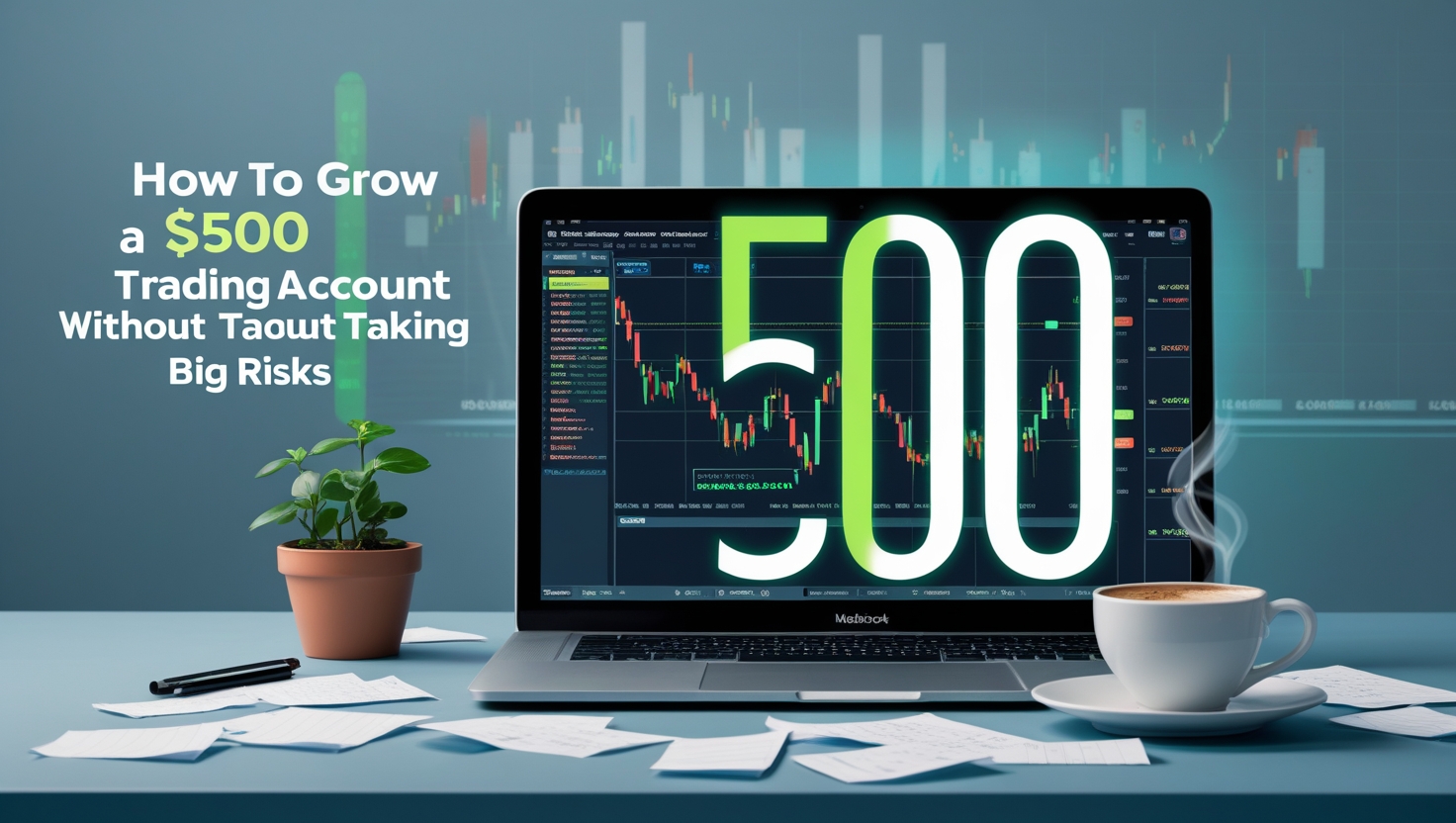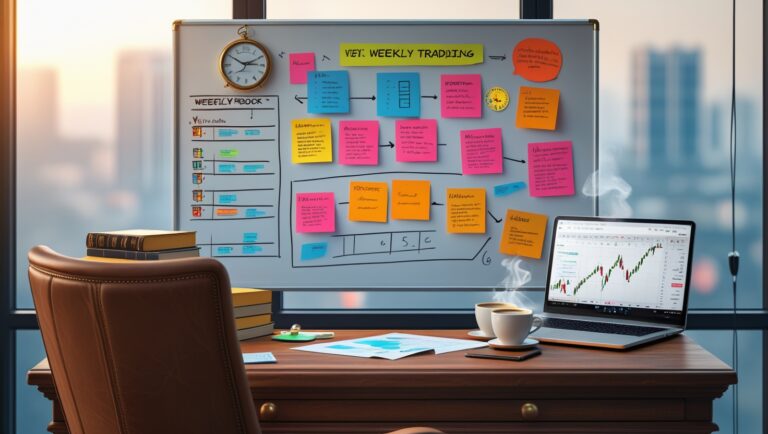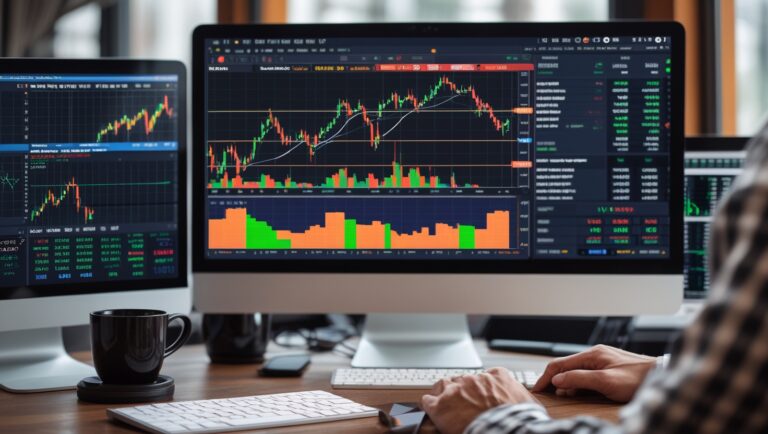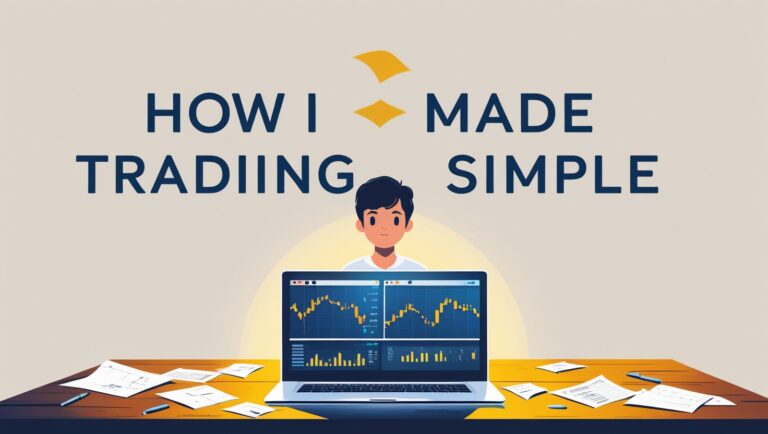How to Grow a $500 Trading Account Without Taking Big Risks
How to Grow a $500 Trading Account Without Taking Big Risks
When I started trading, I didn’t have a big account. I had $500, a lot of doubt, and even more questions. I saw traders posting huge wins online, but I didn’t want to gamble. I wanted to grow my small trading account without taking big risks — and most importantly, I wanted to do it consistently.
That’s when I realized that trading isn’t about going big. It’s about being smart, selective, and strategic. In this post, I’ll break down exactly how I grew my small account and how you can do the same — even if you’re starting with a few hundred bucks.
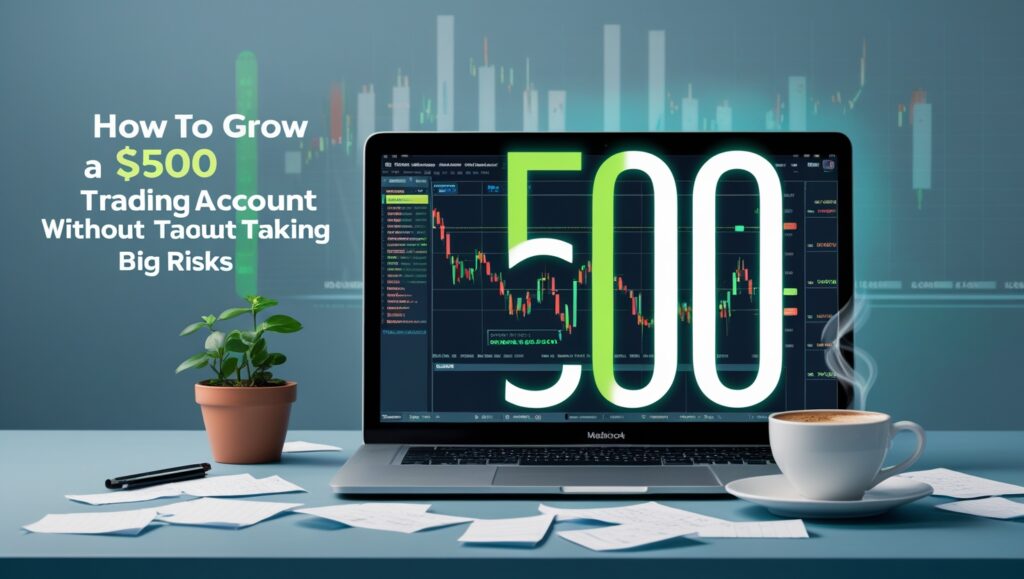
Table of Contents
Why Most Small Accounts Blow Up
It’s not because of the size of the account — it’s the mindset. Most beginners think they need to trade every day, catch every move, and flip their $500 into $5,000 in a week. I thought like that too, and it nearly wiped me out.
What helped me turn things around was risk control, patience, and focusing on clean setups that had the best chance of working.
I Trade Only a Few Times a Week
The first big shift I made was trading less. I don’t take trades just because I’m bored. I wait for clean, high-probability setups and I only trade what I understand. Usually, that’s 2–3 trades a week. That’s it.
This is the same routine I break down in detail in my ebook — I show exactly how I find stocks before 9:30AM and narrow them down to a list of 6.
I Use Tight Risk and Clear Targets
With a small account, you can’t afford to take big losses. I never risk more than 2% of my account on a single trade. If I’m wrong, I get out fast. That’s the only way I’ve been able to stay in the game long enough to grow.
The Power of Scaling Up Slowly
Once I started getting consistent, I didn’t go crazy and size up overnight. I slowly increased my position size while still protecting my downside. That’s how I built confidence — not by betting big, but by building a process that works.
Free Tools Help Me Spot Momentum
I don’t use fancy platforms or $200/month scanners. I use free stock screeners, basic chart tools, and a few routines that help me identify momentum plays. These are the same tools I recommend inside my ebook, especially if you’re starting with limited capital.
How I Filter Out Noise
A big mistake I made early was listening to too many alerts and groups. Now, I trust my own setups and analysis. I don’t chase. I plan. That change alone made my trading 10x cleaner and more profitable — even with a small account.
My Daily Routine Matters
I wake up early. I do my pre-market scan. I review my watchlist. And I only focus on stocks that actually move with volume and news. This structure helped me stop guessing and start trading with intention.
I Don’t Hold Overnight
With a $500 account, overnight gaps can destroy you. I only take trades I can exit the same day. That keeps my capital safe and helps me reset every morning with a clear head.
I Track Everything
I write down every trade. Wins, losses, thoughts, mistakes. That journal showed me patterns — what worked and what didn’t. The more I tracked, the more confident I got in refining my strategy.
I Focus on Learning First, Profit Later
Growing your account isn’t just about making money — it’s about not losing it while you learn. My first goal wasn’t to double my account. It was to avoid blowing it up. Once I did that, the growth came naturally.
You Don’t Need Big Money to Trade Well
I used to think I needed $5,000 to get started. But $500 was enough for me to learn discipline, practice entries and exits, and grow at my own pace. The truth is, you can build skill with any size account — if you respect the process.
Want My Full Strategy?
I created this ebook to show you how I read the market, how I build my watchlist, and how I take only 2–3 trades a week to pay my bills. If you’re tired of losing and want a real, simple strategy that works — this is for you.
One thing I had to learn quickly was that slow growth is still growth. I used to feel frustrated when I only made $20 or $30 in a trade. But over time, I realized that small, consistent wins stacked up and gave me more clarity than chasing big wins ever did.
Another important shift was learning to cut losers fast. Early on, I would hold onto losing trades, hoping they’d bounce. That hope cost me real money. Now, I know where I’m wrong before I enter. If the trade goes against me, I get out. Simple.
I also don’t try to be perfect. Not every trade is going to be a winner — and that’s okay. I just need to make sure my winners are slightly bigger than my losers. That’s how I stay net positive over the month, even with a small account.
Keeping my strategy simple and repeatable made all the difference. I don’t overcomplicate things with a dozen indicators or setups. I use price action, volume, and levels — that’s it. I explain this approach in my ebook so anyone can follow it.
Another key factor was staying away from low-float penny stocks. Yes, they move fast — but they also crash fast. I prefer mid-cap or large-cap stocks with news and volume. They’re cleaner and give me more reliable entries and exits.
I made sure I was only trading during the best times of day. For me, that’s the first hour of the market open. That’s when momentum is highest. After that, I walk away. Trading all day burns you out and exposes you to unnecessary noise.
Also, I stay away from random alerts or pump-and-dump rooms. I’ve lost money listening to others. Now, I rely on my own watchlist — something I put together each morning by 9:15AM. That’s exactly what I teach in my ebook.
There was a time I thought I needed to trade options or crypto to grow a small account fast. But I realized stocks were more stable and easier to manage. With the right stocks and a consistent routine, I’ve grown accounts without leverage or extra risk.
Risk management is something I used to ignore. Now, I plan every trade with a 1:2 or 1:3 risk-reward ratio. That means if I risk $10, I’m looking to make $20 to $30. That discipline keeps my account protected and profitable.
Even though I trade with a small account, I think like a professional. I take breaks, review my trades, and reflect on my performance every weekend. This isn’t just a side hustle — it’s a skill set I’m building for the long term.
One of the most underrated tools that helped me was screen recording my trades. I’d go back and rewatch my entries and exits. That allowed me to see where I hesitated, where I rushed, and how to fix it next time.
If you’re serious about growing your account the smart way, I highly recommend checking out my ebook. It’s a real look into how I pay bills using clean stock setups — without stress, hype, or blowing up my account. And if I could do it with just $500, so can you.

Stay ahead in the stock market! Subscribe to our newsletter and receive exclusive stock flow reports, trading insights, and actionable tips directly in your inbox. Join thousands of traders who get our updates first.

